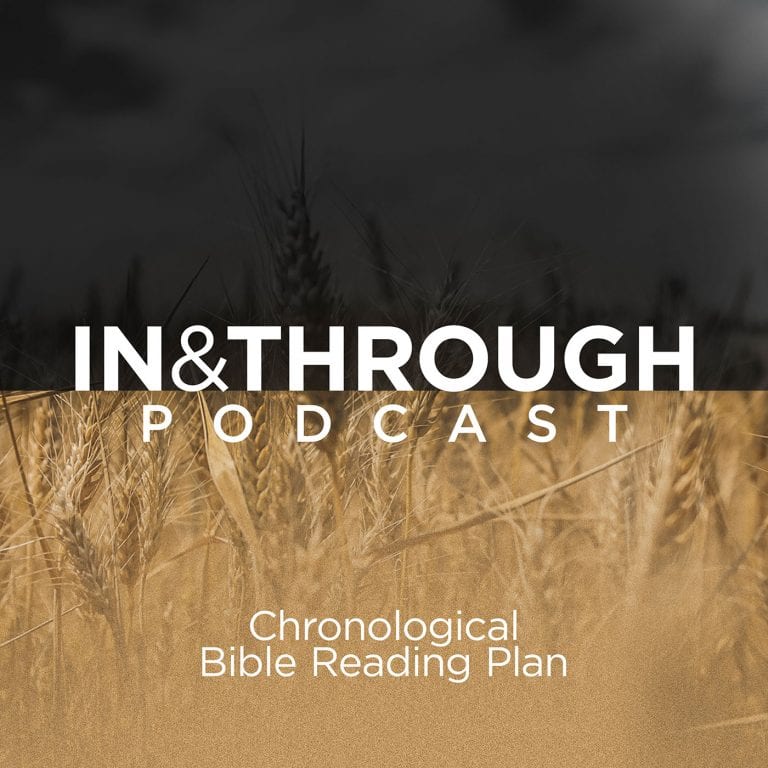For your consideration, the following is a concise statement of the pieces of evidence for the real, true, historical resurrection of Jesus Messiah.
1. There are four ancient biographies of Jesus. They were all written by eyewitnesses and/or based on eyewitness testimony. They were written and circulated while many other eyewitnesses were still alive. These biographies all say that Jesus rose from the dead. These biographies are supplemented by letters written by eyewitnesses while many other eyewitnesses were still alive. These ancient letters claim that Jesus died by crucifixion and that on the third Jesus rose from the dead.
2. Pagan and Jewish writers report that Christians believed Jesus rose from the dead.
3. Many of the principal eyewitnesses to the resurrection of Jesus died because of their claim that Jesus was resurrected. Their lives would probably have been spared if they recanted. This is very significant. We know that people will die for a cause. But these men and women died for a set of facts. They went to their grave rather than say that the facts were untrue. They died because they said the facts of the crucifixion and resurrection of Jesus were true.
4. The eyewitness story told by John is very important. Many people today will claim that John’s story (like the other eyewitness stories) is meant to be understood as a story of symbol and metaphor. However we know that John clearly understood the difference between telling an historical story and telling a story overflowing with symbol and metaphor. Why? Because he wrote two books, one that very clearly claims to be historical (we now know this book as The Gospel of John) and one book that is clearly all about symbol and metaphor (we now know this as The Book of Revelation). So, John is an important witness of what happened in the death and resurrection of Jesus.
5. The historical evidence shows that: the grave was empty; the grave clothes were neatly left behind; the stone enclosing the tomb was rolled away; the body of Jesus was never found; the grave had been guarded by Roman soldiers; and no one ever claimed to have stolen the body. The presence of the grave clothes are significant. It was the spices attached to the cloth that had value. Anyone removing the body for profit or mischief would have taken the wrapped body away and separated out the valuable mixture at their leisure. In fact the placement of the grave clothes, like the placement of the stone, perfectly fits with the resurrection as the cause, rather than with human agency as the cause.
6. There are (not counting Paul), eleven recorded times that Jesus appeared to people proving that He was resurrected. These appearances were to: men and women, individuals, couples, groups, and at least one crowd. The appearances were inside and outside, in different locations, and at different times of the day. He was physically touched, audibly heard, visually seen, and He ate food in the presence of witnesses. None of these witnesses believed that Jesus would rise from the dead before He rose from the dead. All of them knew him before His death, so they knew He was the same Jesus who died on the cross.
7. In the very place where Jesus died and was buried there was an explosion of growth in the Christian movement – which was centred on the claim that the grave was empty and that Jesus had truly risen. This explosion of growth happened mere weeks after the death and resurrection of Jesus in the place where He died. The growth happened in the face of hostility, opposition and persecution from civil and religious leaders.
8. The death and resurrection of Jesus was not a random event. Jesus predicted that He would die by crucifixion, be buried, and rise from the dead. His prediction that He would die from crucifixion is very significant. He could not control that. Crucifixion was a means of death reserved to the imperial Roman authorities. Jesus claimed, reasonably, that His death by crucifixion and His resurrection on the third day would be a “sign” that vindicated who He was, what He taught, and what He would accomplish by His death and resurrection.
9. The death and resurrection of Jesus also took place in the context of centuries of prophecy that such a Messiah would come from God, and die and rise. Jesus Himself claimed that His life, death and resurrection was a fulfillment of these prophecies.
10. There is more. The death and resurrection of Jesus takes place in the context of an overarching story that has deep and powerful insights into the human condition. His life, death and resurrection took place in the context of a body of writings that have proved for millennia to be wise and insightful about the human condition. These writings have been the basis for the development of science, human rights, and good government. The life, death and resurrection of Jesus took place in the context of a worldview that is unsurpassed in its breadth, depth, coherence, consistency and emotional and rational power.
Friends, consider Jesus, Crucified Risen Saviour, loving Lord. Come to Him with humble trust.
























